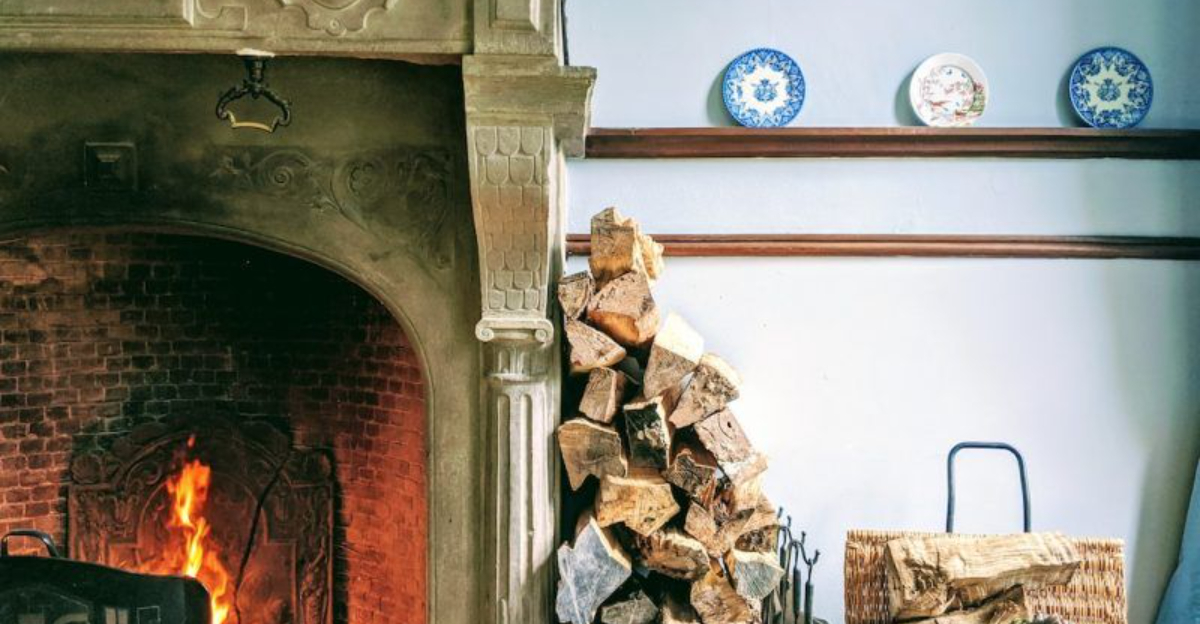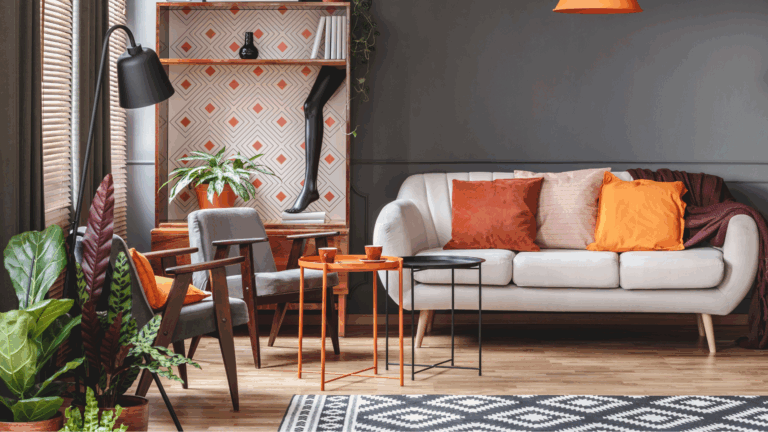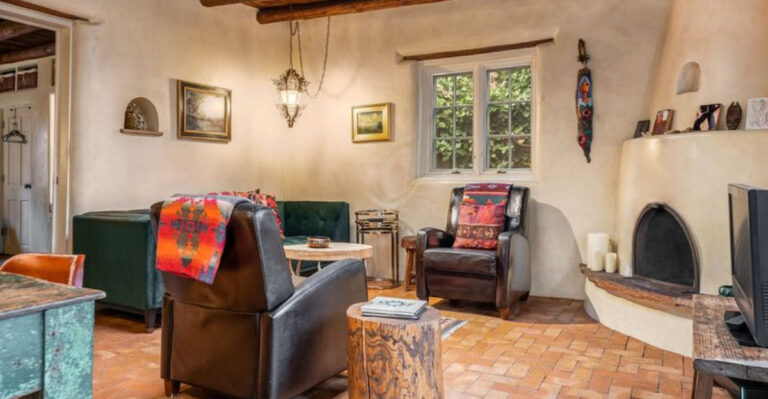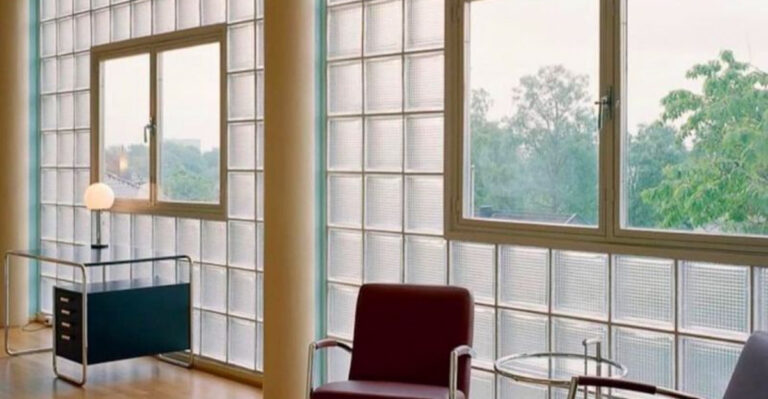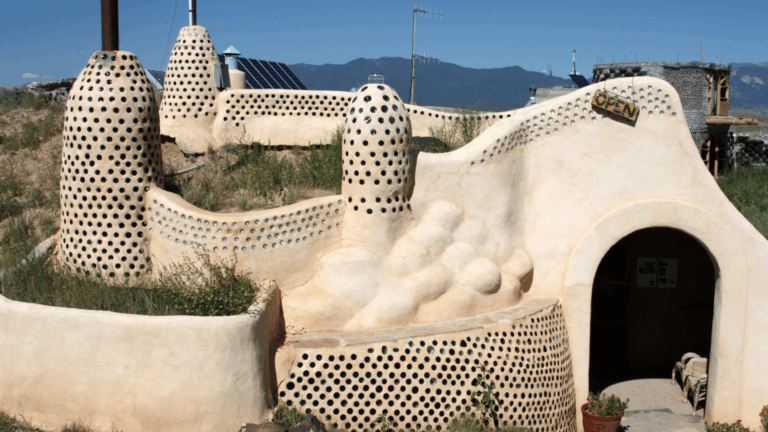15 Hidden Downsides To Traditional Fireplaces You Should Know About
I’ll admit it, few things sound better on a cold night than curling up next to a roaring fireplace. I used to dream of having one, and when I finally did, I was surprised to learn it wasn’t all cozy vibes.
Traditional fireplaces can come with more drawbacks than you’d expect, and I learned a few of them the hard way. Before you invest in your dream hearth or light yours up this season, it’s worth knowing what you might be getting into.
1. Heat Escapes Up The Chimney

Would you believe most of your fireplace’s heat—up to 90%!—actually zooms straight up the chimney? That warm, cozy feeling only happens when you’re sitting right next to it.
The rest of your house might actually get colder as your heating system works overtime to replace the warm air being sucked up the flue.
Your fireplace essentially creates a vacuum effect, pulling heated air from other rooms toward the chimney.
2. Constant Cleaning Requirements
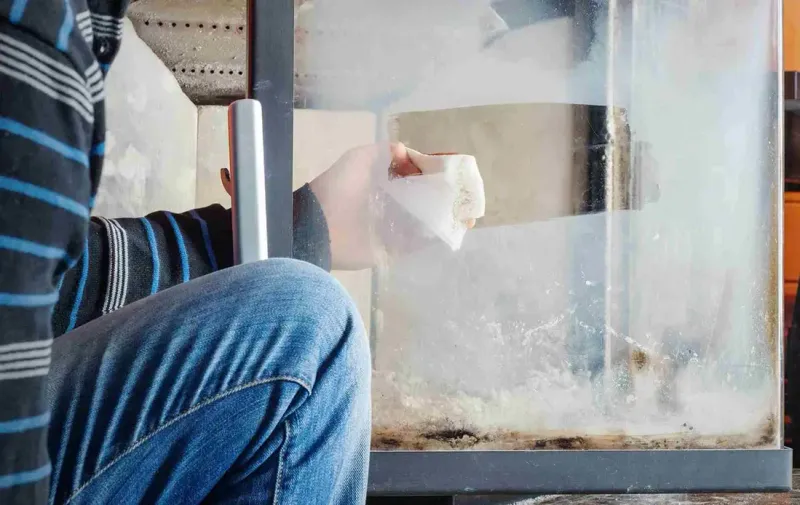
Forget about that pristine living room once you start using your fireplace regularly. Ash, soot, and tiny bits of wood seem to magically teleport themselves throughout your home.
No matter how careful you are, you’ll find yourself wiping black smudges off nearby furniture and vacuuming mysterious dark specks from carpets.
Sometimes even your walls develop a subtle gray tinge over time, especially if your fireplace doesn’t draft properly.
3. Expensive Chimney Maintenance
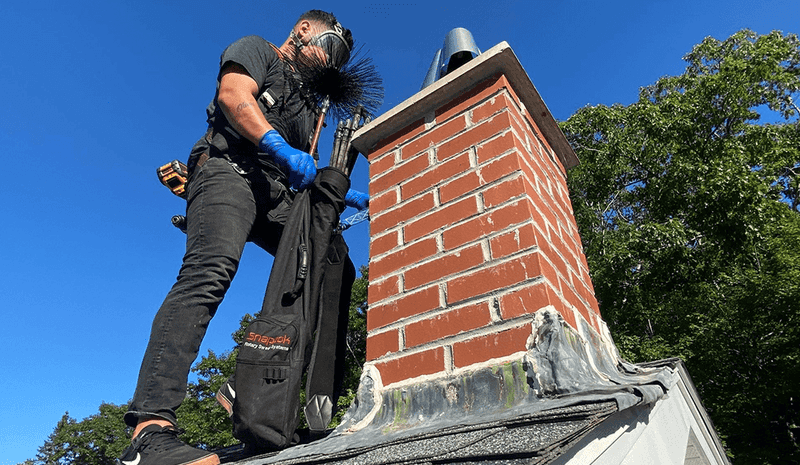
How much does proper chimney care cost? Way more than most homeowners expect! Annual inspections run $100-300, while professional cleanings add another $150-350 to your tab.
If the inspector finds cracked flue tiles or deteriorating mortar, repairs can easily hit thousands. Chimney caps need replacement every few years, and full chimney rebuilds can devastate your savings.
Many homeowners skip maintenance altogether—a dangerous gamble with serious consequences.
4. Fire Hazard Worries
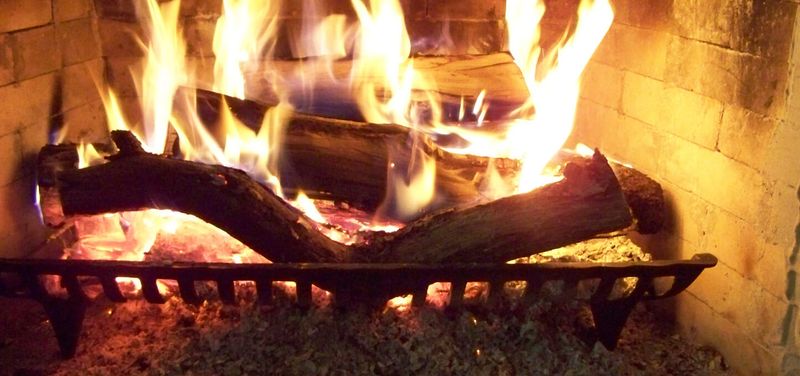
Though they’re designed to contain flames, fireplaces actually increase your home’s fire risk substantially. Creosote—that sticky, flammable substance that builds up inside chimneys—causes thousands of house fires yearly.
Sparks can escape through tiny cracks or when burning wood pops unexpectedly. Nearby furniture, curtains, or decorations might catch fire if placed too close.
Children and pets present additional safety concerns, requiring constant vigilance whenever your fireplace is in use.
5. Worsens Indoor Air Quality

Every time you light a fire, you’re releasing a cocktail of pollutants into your home. Wood smoke contains particulate matter, carbon monoxide, nitrogen oxides, and various volatile organic compounds.
People with asthma or other respiratory conditions often notice their symptoms flaring up during fireplace season. Even healthy individuals might experience irritated eyes, coughing, or headaches.
Children and elderly family members typically suffer the most from these invisible airborne contaminants.
6. Drafty Cold Air Infiltration
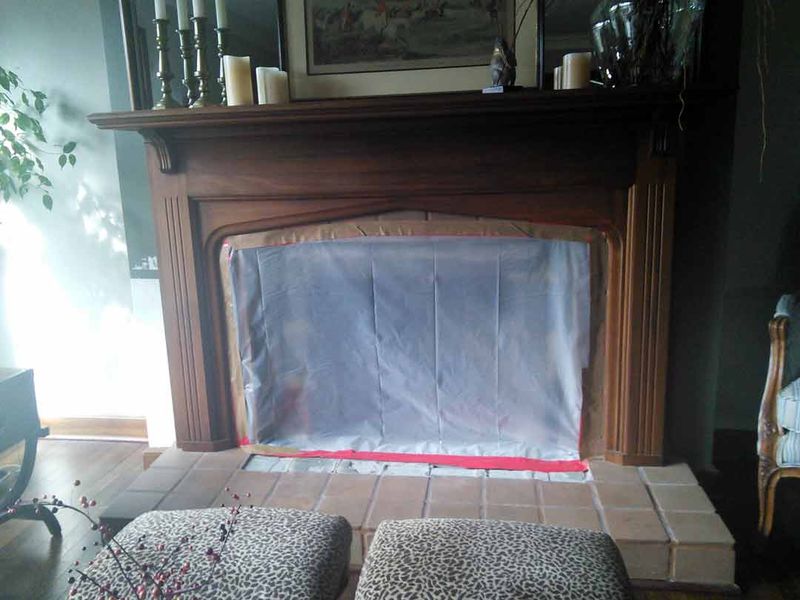
If you’ve felt mysterious cold spots near your fireplace even when it’s not in use, you’re experiencing one of its biggest flaws. Chimneys essentially create a direct pathway for outside air to enter your home.
Dampers rarely seal completely, allowing cold drafts to sneak in during winter. Some homeowners notice their heating bills climbing by 10-20% just from this unwanted air exchange.
The colder your climate, the more pronounced this problem becomes throughout the heating season.
7. Fuel Storage Headaches

Where exactly do you plan to keep all that firewood? Outdoor stacks attract insects, snakes, rodents, and mold—unwelcome guests that often hitch rides into your home.
Indoor storage saves some trips in freezing weather but sacrifices valuable living space and creates mess. Properly seasoned wood requires 6-12 months of drying time before use, meaning you’ll need substantial storage year-round.
Many homeowners underestimate the significant space commitment required for maintaining a wood-burning fireplace.
8. Environmental Impact Concerns
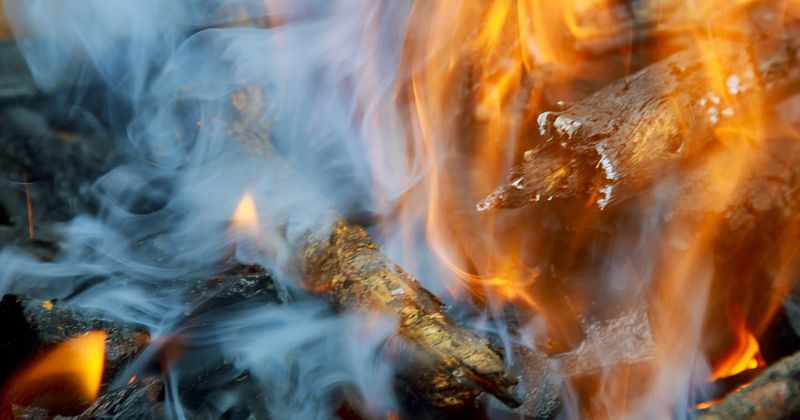
Your cozy evening fire contributes more to air pollution than you might realize. Wood burning releases significant amounts of particulate matter and carbon monoxide into the outdoor environment.
In fact, some communities have begun restricting or banning wood fires during certain weather conditions. The carbon footprint extends beyond just burning—consider the fuel used for harvesting, processing, and transporting firewood.
Even gathering your own wood impacts local ecosystems by removing material that would otherwise decompose and nourish the forest floor.
9. Structural Modification Limitations

Thinking about remodeling that outdated hearth? Prepare for major structural challenges! Fireplaces and chimneys are typically load-bearing elements that support significant portions of your home.
Removal or substantial modification often requires engineering plans, permits, and extensive structural reinforcement. Some homeowners discover their fireplace updates end up costing more than their kitchen renovation.
Historical homes face additional restrictions that might prevent any significant changes to original fireplaces, regardless of their condition or functionality.
10. Pet And Child Safety Issues

For families with little ones or furry friends, fireplaces create constant safety concerns. Glass doors can reach temperatures of 400°F—hot enough to cause third-degree burns instantly upon touch.
Curious toddlers might grab fireplace tools or toss toys into flames. Pets can singe whiskers or tails getting too close to the heat.
Many parents find themselves installing multiple layers of barriers that detract from the fireplace’s aesthetic appeal while still not eliminating all risks.
11. Insurance Premium Increases
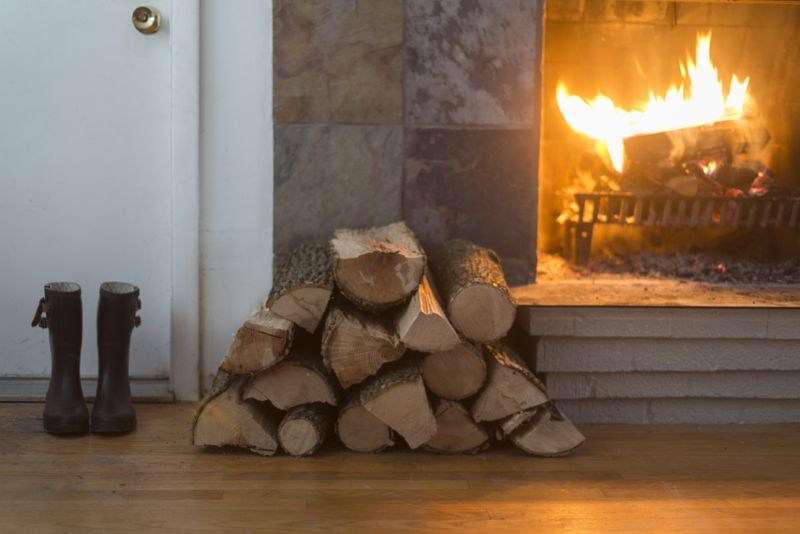
Surprised by your homeowner’s insurance bill lately? Your charming fireplace might be the culprit behind those rising premiums.
Insurance companies view wood-burning fireplaces as significant liability risks, often charging 5-15% more for homes with them. Some insurers require proof of annual professional inspections or may deny coverage entirely for homes with older, unmaintained systems.
The financial impact extends beyond just the direct costs of fireplace maintenance into these hidden ongoing expenses.
12. Allergies And Sensitivities Worsen

Anyone suffering from allergies might find their symptoms mysteriously intensifying during fireplace season. Wood smoke irritates mucous membranes and can trigger asthma attacks even in people with mild conditions.
The chimney itself often harbors mold spores, dust mites, and other allergens that get distributed throughout your home when air flows through the system.
Stored firewood introduces additional pollen and mold into your living space. Some individuals develop new sensitivities after years of exposure to wood smoke.
13. Inefficient Heating Source
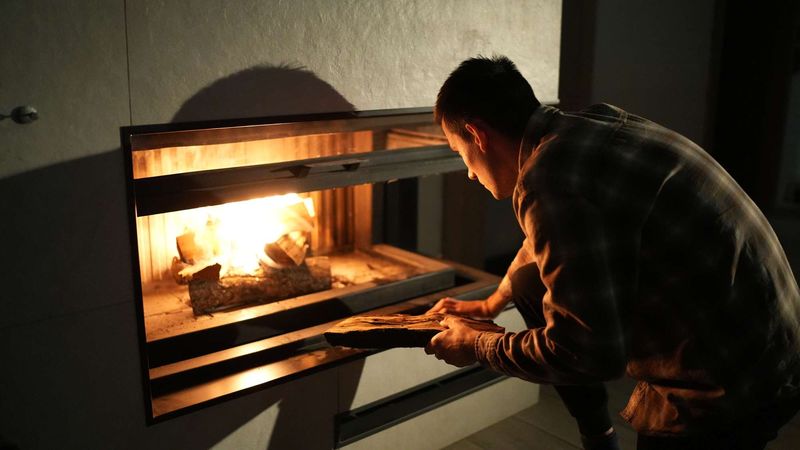
If you’re using your fireplace to save on heating costs, you might be shocked by the math. Traditional open fireplaces operate at roughly 10-15% efficiency—meaning you’re losing up to 90% of potential heat energy.
Modern heating systems typically operate at 80-97% efficiency by comparison. Your romantic fire actually forces your regular heating system to work harder as it draws warm air up the chimney.
Some energy experts calculate that many fireplaces end up costing more in lost heat than the value of the wood burned.
14. Messy Ash Disposal Problems
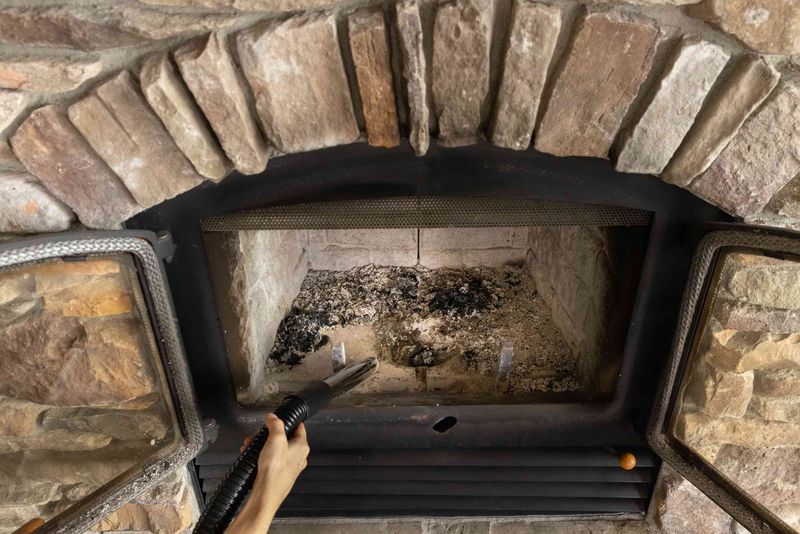
What happens to all that ash after your fire dies down? Removing it without creating a dust cloud worthy of a volcanic eruption requires serious skill and patience.
Even cold-looking ashes can harbor hot embers for days, creating fire hazards in trash cans. Many municipalities have special disposal requirements for fireplace ash.
The fine particles seem to possess magical abilities to slip through vacuum filters and coat everything in a fine gray dust during cleaning attempts.
15. Property Value Complications
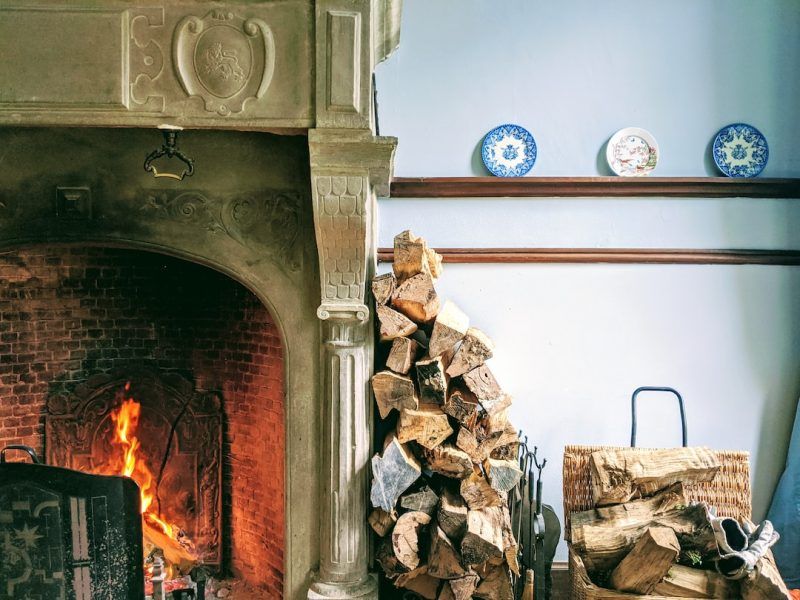
While real estate listings love to highlight “charming fireplaces,” the reality is more complicated for sellers. Modern buyers often view traditional fireplaces as maintenance headaches rather than desirable features.
Home inspectors frequently flag fireplace issues, leading to price negotiations or repair demands before closing. In some markets, particularly warmer climates or urban areas with strict air quality regulations, fireplaces might actually decrease property values.
Converting non-functioning fireplaces to gas or electric often provides better return on investment than restoring wood-burning capability.

